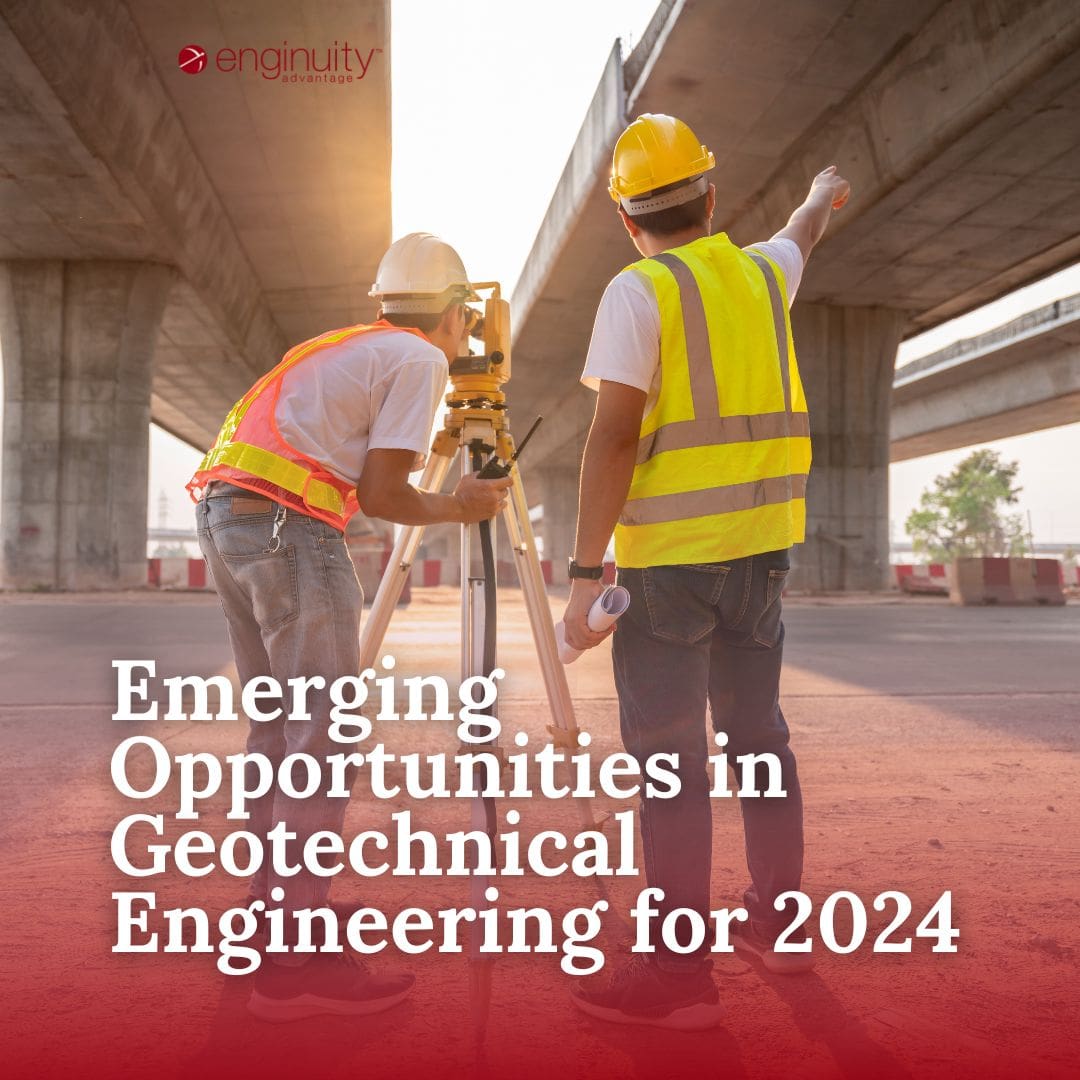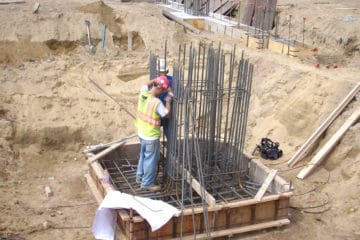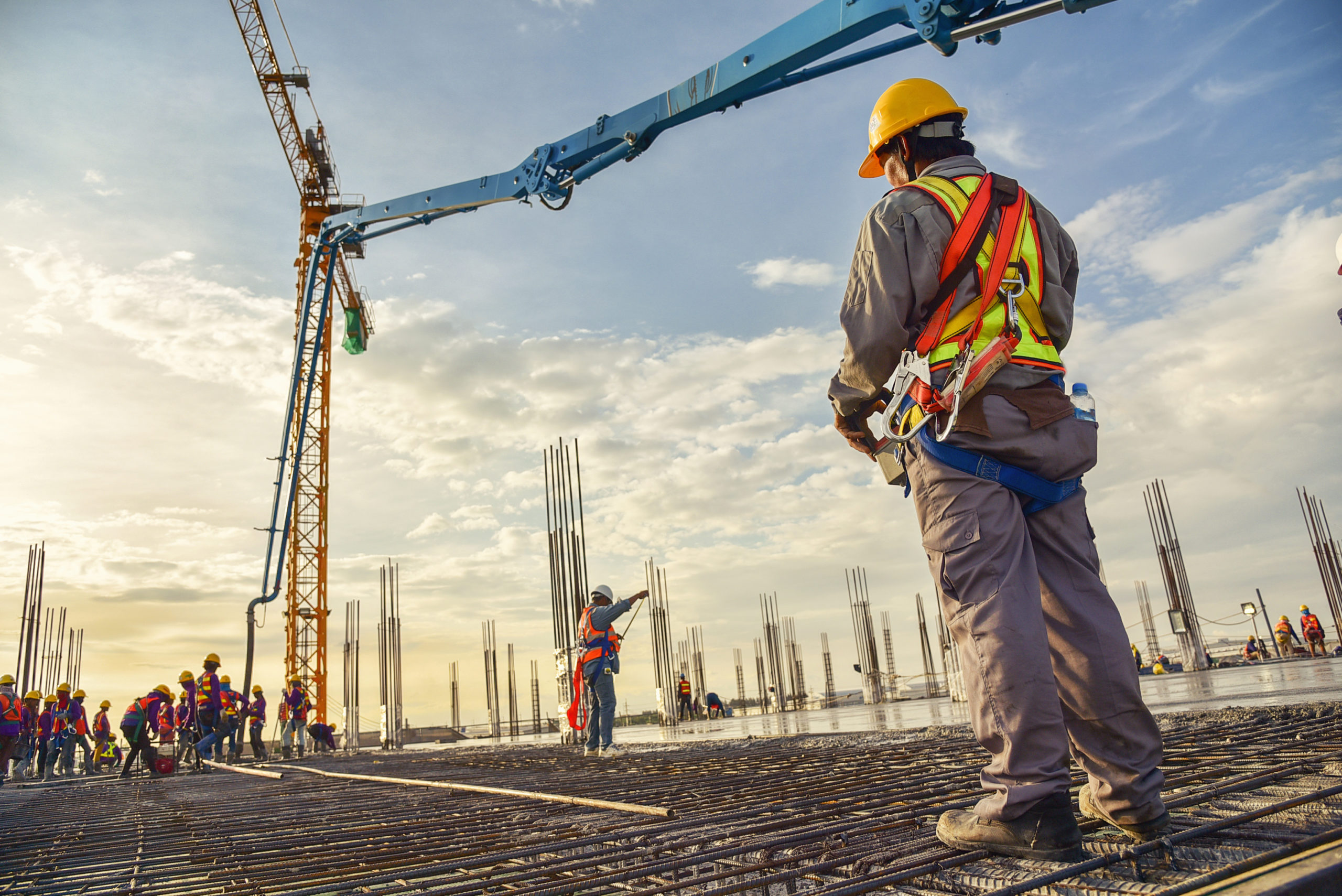The Role of a Consulting Engineer in Ensuring Safe and Effective Building Practices
Wiki Article
Discovering the Innovative Strategies and Technologies Shaping the Future of the Geotechnical Sector for Lasting Design Solutions
The geotechnical market is undertaking a transformative shift, driven by ingenious methods and technologies that stress lasting engineering services. Advanced soil stablizing techniques, making use of smart materials, and the application of information analytics are redefining exactly how we approach framework obstacles. As these improvements promote ecological stewardship, they additionally increase vital questions concerning their functional execution and lasting effectiveness. Comprehending the interaction between these innovations and their potential to change the field welcomes additional exploration right into the future of sustainable design practices.Advanced Soil Stabilization Techniques
Soil stabilization is a vital procedure in geotechnical engineering, focused on enhancing the physical buildings of soil to enhance its load-bearing ability and toughness. Advanced dirt stabilization methods play a pivotal role in addressing difficulties connected with unsteady or weak dirts, thereby allowing secure and effective building methods.Amongst the prominent methods, chemical stabilization includes the usage of ingredients such as lime, cement, or fly ash, which react with soil bits to develop an extra natural mass. This strategy is particularly effective in enhancing the stamina and wetness resistance of extensive clay soils. Mechanical stabilization, on the other hand, includes the physical modification of soil buildings through compaction or the incorporation of granular materials, resulting in improved density and stability.
Another innovative method is the use of geosynthetics, which offer reinforcement and decrease soil erosion while enhancing water drainage. Strategies like dirt blending and deep dirt stablizing are likewise getting grip, enabling in-situ treatment of bothersome dirts. Jointly, these innovative approaches not only improve the performance of dirt structures but additionally add to sustainable engineering techniques by lessening the need for considerable excavation and material transportation.
Smart Products in Geotechnics
Advancement is at the forefront of geotechnical design, especially with the consolidation of smart products that improve the performance and capability of dirt structures. Smart products, such as form memory alloys, piezoelectric materials, and self-healing polymers, are changing the means engineers come close to soil stabilization and framework durability (consulting engineer). These materials can adapt to transforming environmental problems, respond to stress, and also repair themselves, dramatically enhancing the resilience of geotechnical systemsAs an example, piezoelectric materials can produce electric fees in response to mechanical stress and anxiety, using potential for real-time tracking of soil problems and structural honesty. Similarly, self-healing products can autonomously repair fractures and damages, minimizing upkeep expenses and extending the life-span of geotechnical assets. The assimilation of these wise materials not just enhances the mechanical residential or commercial properties of dirt however additionally contributes to sustainable design practices by decreasing resource intake and environmental influence.
As the geotechnical market remains to develop, the fostering of smart materials will certainly play an important function in creating ingenious remedies, guaranteeing that frameworks are not just durable however also adaptable to future challenges. This transformative approach is positioned to redefine the criteria of safety and efficiency in geotechnical design.
Data Analytics for Facilities
The combination of wise products in geotechnical design has actually led the way for advanced techniques, especially in the realm of data analytics for facilities. This ingenious method leverages substantial data collection and analytical methods to improve decision-making processes throughout the infrastructure lifecycle. By utilizing sensors installed in clever products, designers can constantly check essential criteria such as dirt stability, wetness levels, and structural integrity.Data analytics enables the change of raw data into actionable insights, permitting anticipating upkeep and improved threat monitoring. Advanced formulas and artificial intelligence techniques facilitate the recognition of anomalies and patterns, which can notify timely interventions and enhance source allowance. In addition, incorporating geographic details systems (GIS) boosts spatial evaluation, additional enriching the decision-making structure.
As facilities jobs grow in intricacy, the reliance on data analytics comes to be significantly vital. It fosters an aggressive method, decreasing the probability of failures and ensuring the durability and sustainability of frameworks. By taking advantage of the power of data analytics, the geotechnical sector is positioned to not just improve current techniques however also leader innovative services for future facilities difficulties. This synergy of technology and engineering principles will specify the future of sustainable infrastructure development.

Lasting Ground Enhancement Approaches
Various lasting ground improvement techniques are becoming crucial services to attend to the challenges of geotechnical engineering while minimizing environmental influence. These methods not only boost soil performance yet also promote eco-friendly stewardship by decreasing dependence on typical, more invasive techniques.
An additional ingenious method is the application of geosynthetics, that includes eco-friendly products that enhance soil while advertising drainage and erosion control - geotechnical engineers. This reduces the requirement for hefty equipment and decreases site disturbance, thus preserving neighborhood ecosystems
In addition, techniques such as dynamic compaction and vibro-replacement have actually developed to consist of sustainable methods, incorporating recycled materials and lowering carbon impacts. These approaches exhibit the industry's shift towards more ecologically liable options, ensuring that ground improvement not only satisfies engineering demands however additionally adds favorably to the surrounding setting.
Innovations in Environmental Monitoring
In recent years, developments in environmental tracking have substantially improved the capability to analyze and take care of geotechnical tasks with marginal eco-friendly disturbance. Cutting-edge modern technologies, such as remote picking up, Net of Points (IoT) gadgets, and real-time data analytics, are transforming how environmental impacts are measured and minimized.Remote sensing technologies, consisting of satellite images and air-borne LiDAR, assist in the quick evaluation of land use changes and environmental conditions - geo tech engineer. These tools enable for constant monitoring of websites, making it possible for designers to determine potential concerns prior to they intensify. Additionally, IoT devices, outfitted with sensing units for parameters like dirt temperature level, gas, and wetness discharges, offer live information streams that boost the understanding of site-specific environmental variables
Real-time information analytics additionally fine-tune decision-making procedures by integrating data from numerous sources, permitting aggressive administration strategies. This all natural technique not only makes sure compliance with environmental regulations yet also promotes lasting methods within the geotechnical sector.
As these advancements continue to advance, they hold the potential to link the gap in between engineering goals and ecological stewardship, promoting a more lasting future for geotechnical projects worldwide.
Verdict
Advanced dirt stablizing techniques, engineer of record the combination of wise products, and the application of information analytics collectively improve the resilience and efficiency of infrastructure. These developments not only address modern design obstacles however likewise pave the way for a more lasting future in geotechnical techniques.Strategies like dirt mixing and deep dirt stablizing are likewise acquiring grip, enabling for in-situ treatment of bothersome dirts. Collectively, these innovative techniques not only boost the efficiency of dirt structures yet likewise contribute to lasting engineering practices by decreasing the requirement for comprehensive excavation and product transportation.

Report this wiki page